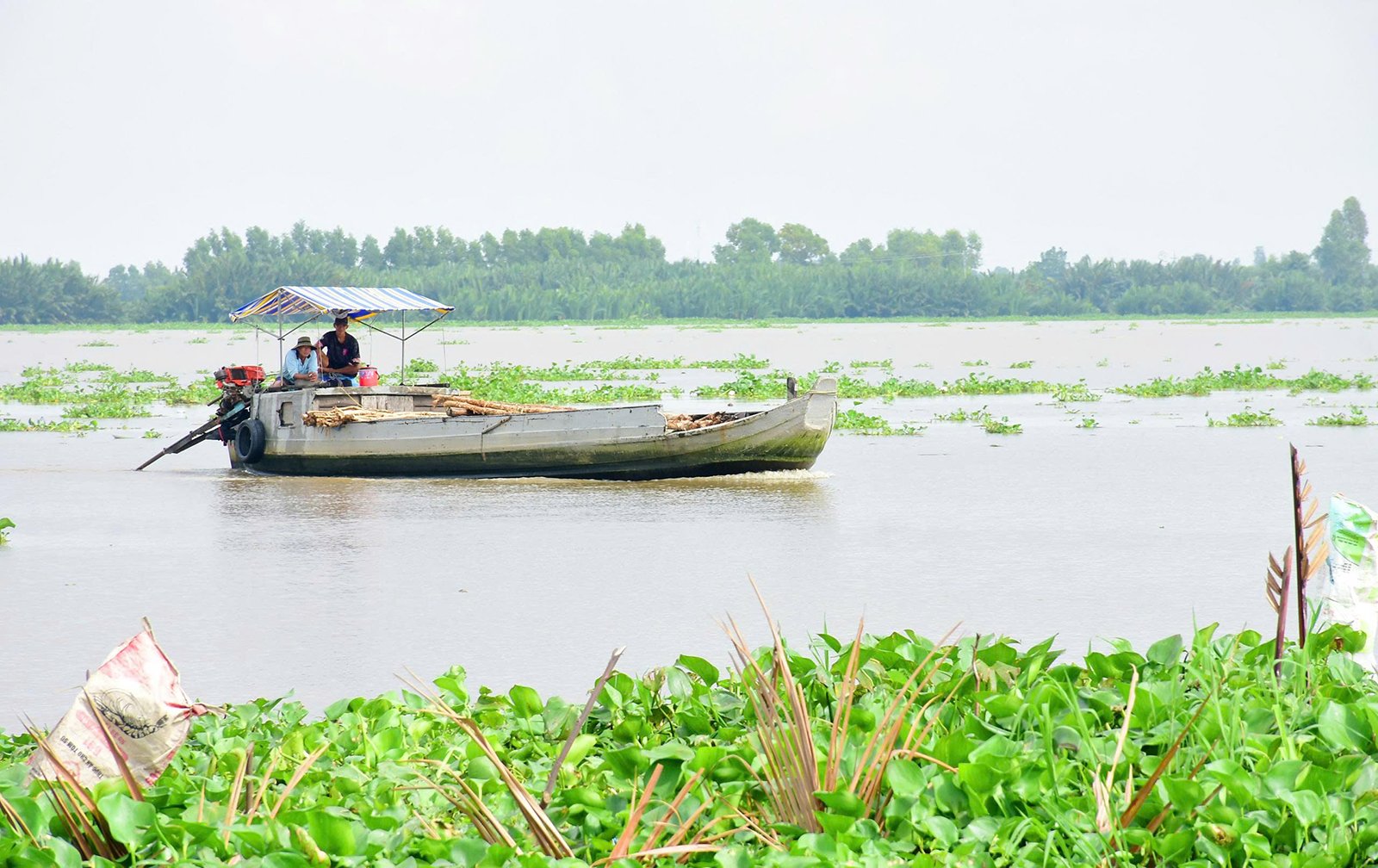
The lives of the people of Miet Thu are closely linked to the Cai Lon River. Photo: THANH TIEN
Interesting Regions
From Rach Gia ward, our group departed for Mien Thu. I had heard of the place name Mien Thu, but this was the first time I had been to this place. Along the way, the natural scenery was not much different from the land of My Duc located on the Hau River, where I was born and raised. Only when I arrived at Tac Cau did I notice the pineapple gardens located at the foot of the coconut and areca rows in straight lines. This is a typical farming model, reflecting the difference in the soil quality of Mien Thu compared to the upstream area with cool, sweet alluvium all year round.
Our car sped along and turned onto the road along the Cai Lon River. Previously, I thought that the Hau River and Tien River were the largest in the Mekong Delta. However, the Cai Lon River is not just a name, it is a river whose distance between the two banks is truly “a long and sad river”, changing my perception of this land.
Looking at the scenery, I blurted out: “Why is there such a big river in the coastal area?”. A member of the working group told me that the Cai Lon River has existed for generations, closely linked to the life and production of the Mien Thu people. When asked, I found out that the colleagues who accompanied me on this trip all grew up in Mien Thu. Perhaps, they inherited the generosity of this countryside, so their communication style was very close and friendly.
The car passed Cai Lon sluice gate of the Cai Lon - Cai Be irrigation system, a colleague called me and said: "This is the main irrigation project, helping to control fresh, salty and brackish water sources to create stable and sustainable production conditions for people on both sides of the Cai Lon river. Since the "super sluice gate" was built, the people of Mien Thu have had more favorable production conditions, and their lives have also improved."
My colleague knew that this was my first time in Mien Thu so she enthusiastically guided me. In fact, I was quite bewildered. Each piece of information my colleague told me opened a new door, helping me understand more about this land. For example, Mien Thu people have always specialized in growing pineapples, and Tac Cau pineapples are famous in the West. Or my friend's half-joking, half-serious saying: "When you go to the pineapple field, you can only move forward, not backward." He explained that pineapple thorns grow in the opposite direction, so if you go backward, your feet will bleed easily.
The stories of my old colleagues in Kien Giang gradually helped me understand a bit about Mien Thu on the Cai Lon River. Sitting on the car, I looked out at the vast waves. Both banks of the river were covered with water coconut trees, something that was rarely seen in my hometown. Water coconut leaves formed into sheets that shaded the cozy roofs of many generations of people in the West. The thatched houses were simple but cool, because everything was completely natural. Occasionally, I saw ships looming next to barges and tugboats. Perhaps, such a scene could only be seen on the Cai Lon and Cai Be rivers, but it could never be found at the headwaters of the Mekong River like my hometown.
Generous humanity
The car arrived at Vinh Hoa commune when it started to rain. We were guided by some local officials to visit the livelihood models associated with the Cai Lon River. To get to the model, we had to cross the banks of the newly built shrimp and crab farms. The shiny black shoes suddenly seemed “out of fashion” so I chose to go barefoot. The footsteps of the people from the upstream region stepping on the Miet Thu soil felt both familiar and strange!
Welcoming us, Mr. Ho Hoang Khai and his wife, residing in Vinh Lap hamlet, Vinh Hoa commune, were extremely happy. They had just returned to Vinh Tan hamlet to build a floating raft on the bank of Cai Lon river. Next to the raft, they raised several thousand fish suitable for fresh and brackish water. The pond was being renovated to raise shrimp for the next crop. To get on the raft, I had to roll up my pants and wade through the water on a plank that served as a bridge. The water of Cai Lon river was cool, reddish brown with alluvial soil like Hau river.
From the raft, I looked out at the vast river junction in front of me. Khai told me that it was Xep Ba Tau. “Our predecessors said that in the past, at this Xep Ba Tau, our ancestors sank many American ships here. It is called Xep Ba Tau because at this river junction, there are 3 capes jutting out, looking like 3 ship prows. Our ancestors sank many enemy ships here, not just 3,” Khai explained.
I am not from Mien Thu, and this was my first time visiting Xep Ba Tau, so I was a bit bewildered. The scenery was still immense, the waves kept undulating, stirring the rows of water hyacinths drifting about, reminding me of the Hau and Tien rivers of the mysterious Mekong. Our story continued with the semi-natural fish farming model of Mr. Khai and his wife.
“Since the Cai Lon sluice gate was built, this area has more fresh water and it lasts longer. Therefore, I take advantage of raising fish to sell before Tet, because the river water will become salty at that time,” said Mr. Khai. He shared his idea of experimenting with semi-natural fish farming. If the profit is good, he will expand the model. In the future, he wants to propose to the government to develop eco -tourism services at this poetic river junction.
I looked at him, believing in the farmer's desire to stay with the Cai Lon River. He shared that he himself also thought about "enjoying the countryside" so he came to this river to make a living. "This river junction is very beautiful, I live here very comfortably", Mr. Khai sincerely. Next to his raft, there were also people digging squares to raise shrimp and fish along the Cai Lon River. Along the still flowing water, a few squash vines were blooming with golden flowers, a few rows of green vegetables stretched out in the midday sun of Miet Thu.
Saying goodbye to the farmers with friendly smiles, we promised to come back to visit them when we had a chance. When seeing me off to the car, Mr. Khai pointed to some water fern branches and said: “Next time you come back, I will invite you to eat water fern melon by the Cai Lon River.”
THANH TIEN
Source: https://baoangiang.com.vn/theo-dong-cai-lon-a468080.html









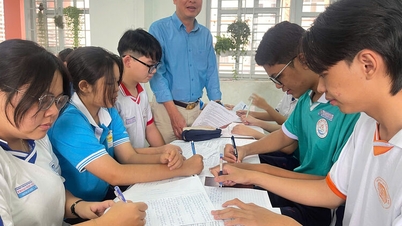


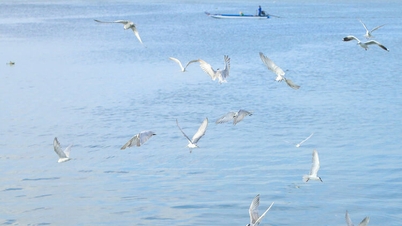

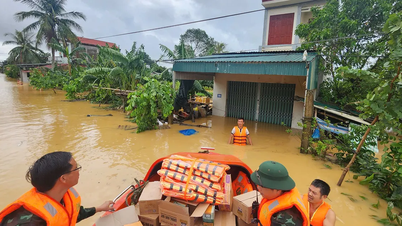




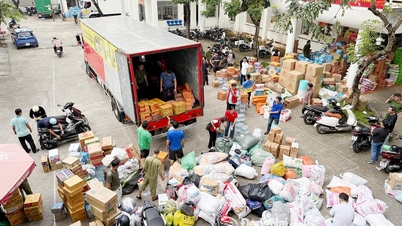
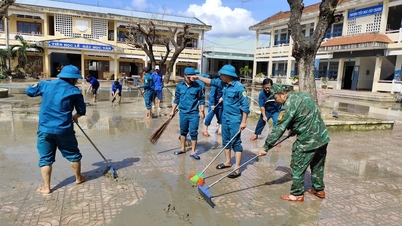

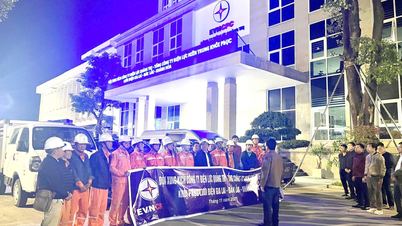







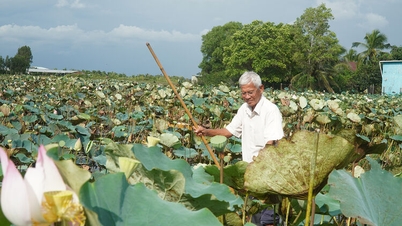



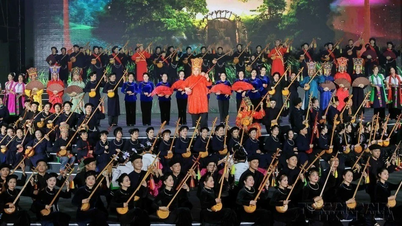

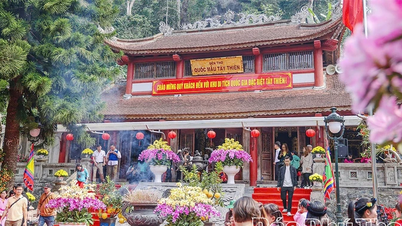



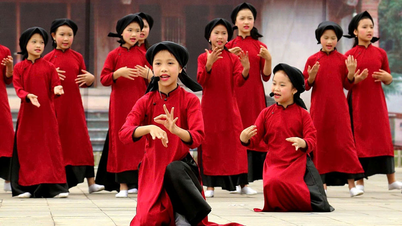

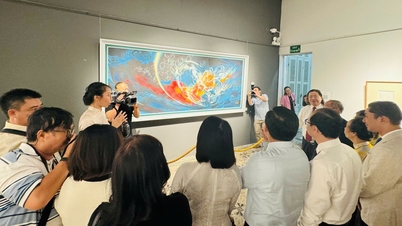


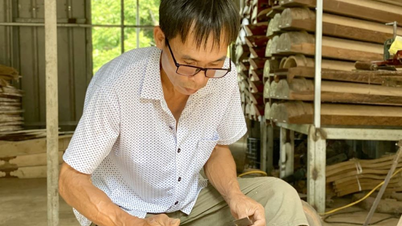



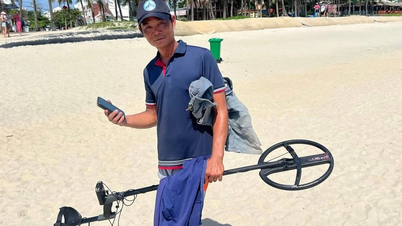



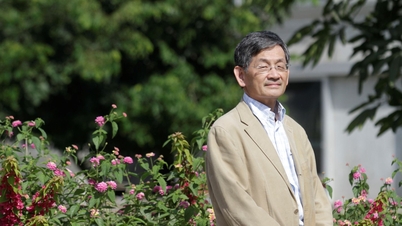



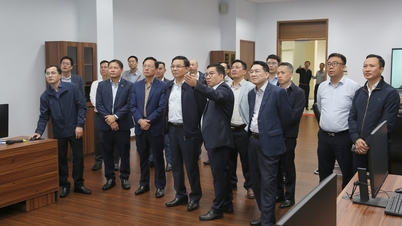










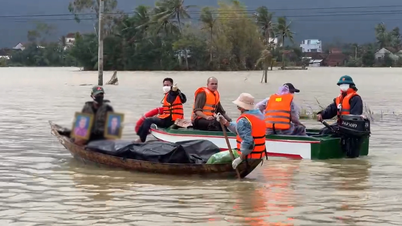
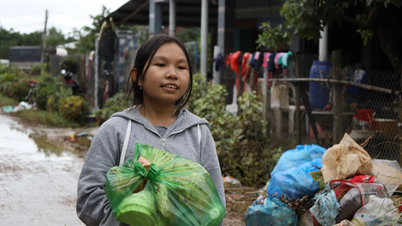




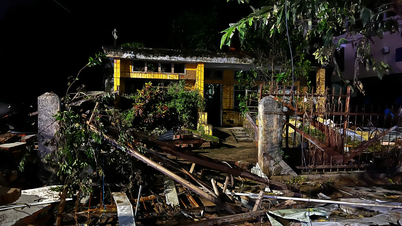
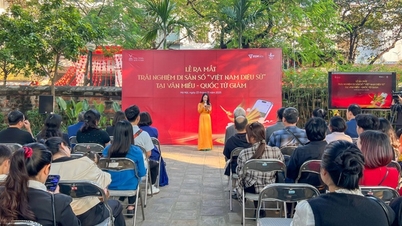





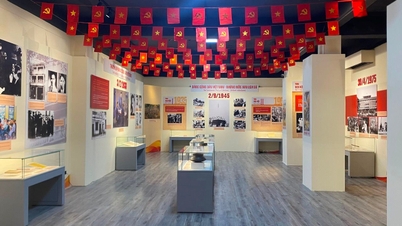

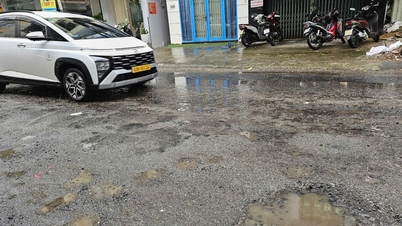



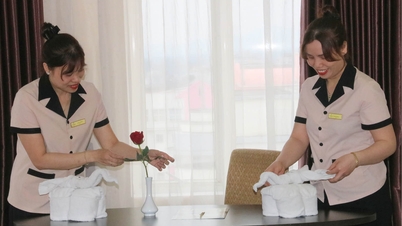

















Comment (0)